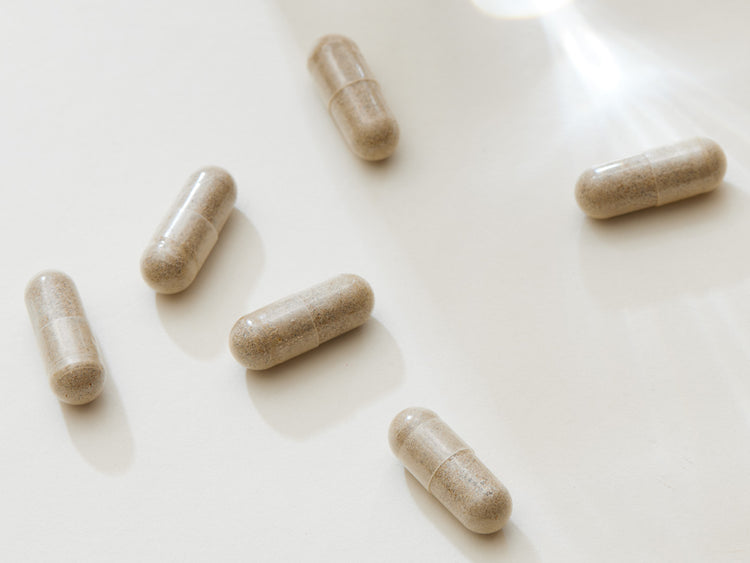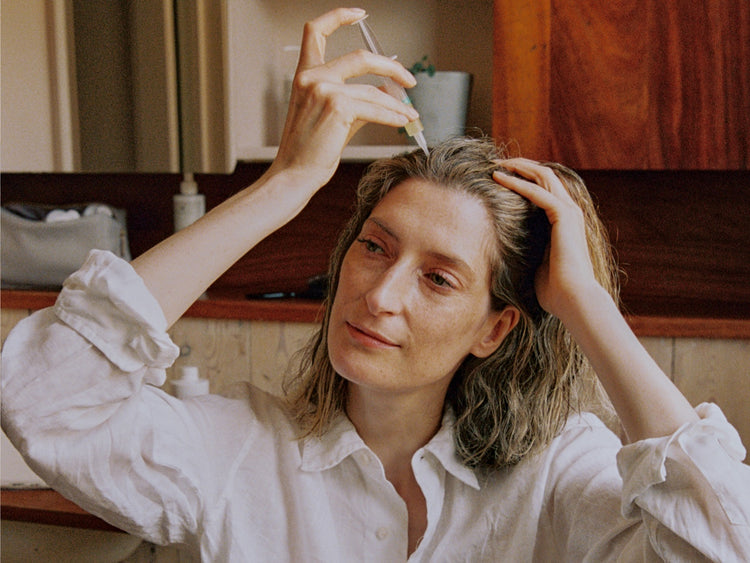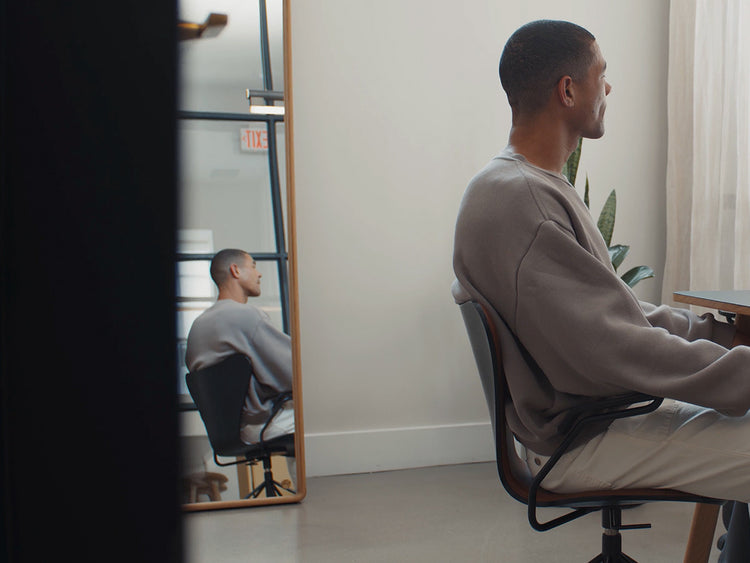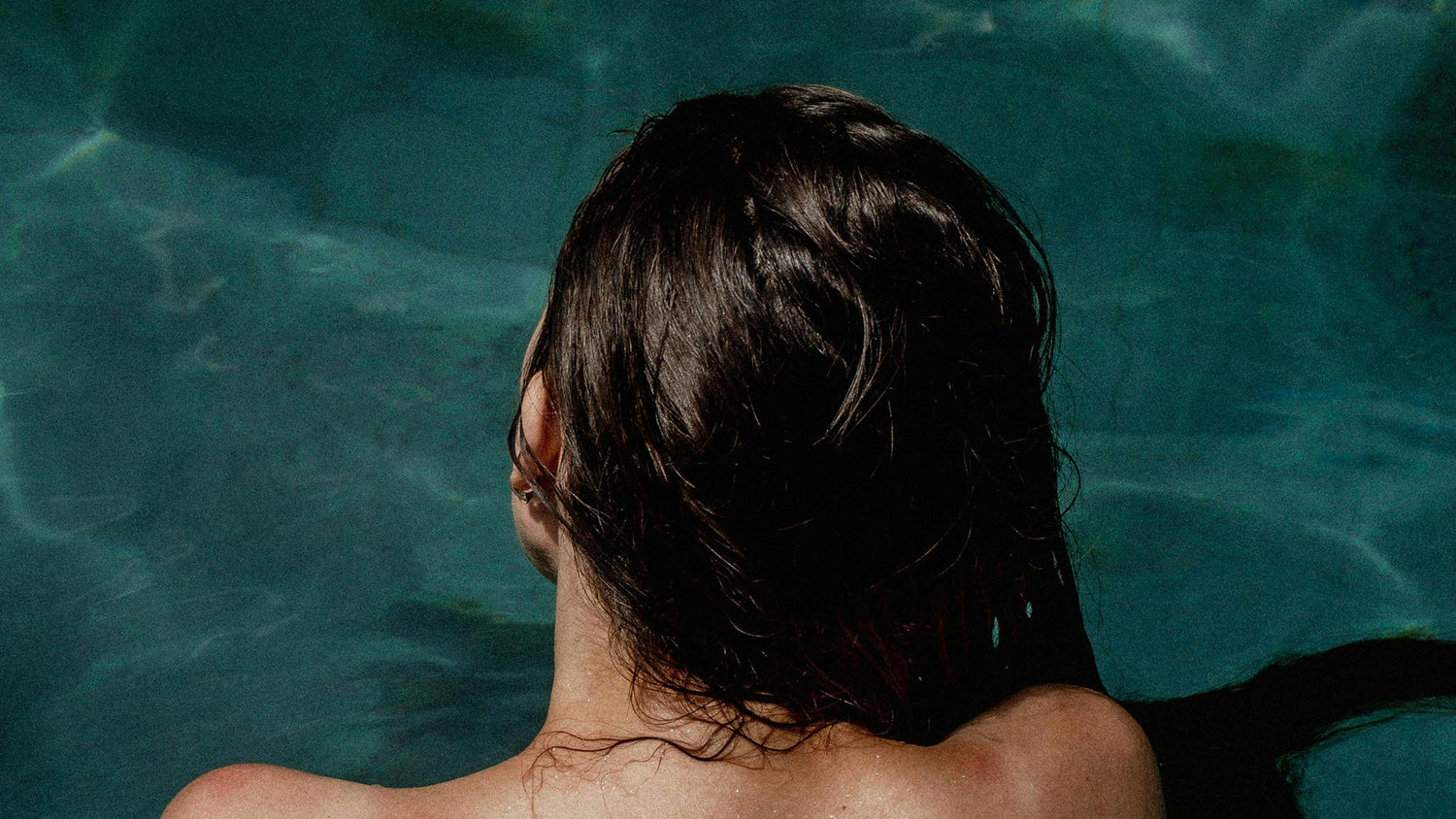Summer's almost here, and you know what that means—more time outdoors, swimming, hitting the beach, and getting your tan on. However, with these fun times in the sun comes prolonged exposure to the sun, particularly on your skin and hair.
We all know about the potential effects of UV exposure on the skin: it may contribute to sunspots, wrinkles, hyperpigmentation, and in the long term can lead to skin cancer. That's why we're so diligent about applying sunscreen. But what about the skin on our heads or our hair?
Yes, sun damages your hair
Sunlight is made up of ultraviolet light (UV light). These UV rays are invisible radiation that can affect human cells, especially the skin cells on your scalp and those that make up the structure of your hair, as they may cause the cell structure to weaken or break down.
To understand how this process works, think of your hair like a delicate fabric that's been left out in harsh weather. The outer part of your hair, called the hair shaft, is made of a protein called keratin. This protein structure is remarkably similar to the keratin found in your fingernails, but it's arranged in a way that creates flexibility and strength.
However, this same keratin is sensitive to damage from outside sources like heat, chemicals, and especially the sun. In fact, too much sun exposure is one of the most common reasons hair gets damaged, yet it's often the most overlooked cause when people are trying to figure out why their hair feels dry, brittle, or looks faded. When we consider sun damage to hair, we're looking at a process that happens gradually, much like how a piece of paper slowly yellows and becomes brittle when left in sunlight over time.
How sun damages hair
Understanding how sun damage to hair occurs requires us to examine the different types of ultraviolet radiation and their specific effects on hair structure. Sun damage can cause your hair to lose both protein and color, but the mechanisms behind these changes are quite different and worth exploring in detail. Think of it as two separate but simultaneous processes happening on your hair strands.
The two types of UV rays
Different types of UV rays affect your hair in distinctly different ways, much like how different tools in a workshop serve different purposes:
UVB rays break down the proteins that keep your hair strong
UVB rays, which are the same rays responsible for sunburns on your skin, penetrate the hair shaft and may affect the protein structures. These rays can cause the keratin proteins to break apart and lose their structural integrity. This is why sun-damaged hair often feels rough, dry, and brittle to the touch.
UVA rays fade your hair color
UVA rays work differently, targeting the melanin pigments that give your hair its natural color. These rays can cause a chemical breakdown of the color molecules, leading to that familiar sun-bleached appearance. This is particularly noticeable in darker hair colors, which can develop reddish or brassy tones after prolonged sun exposure.
Signs your hair has UV damage
Recognizing the signs of UV damage to hair is helpful for understanding when your protective measures aren't sufficient. The changes often happen gradually, making them easy to miss until they become significant. Identifying these early warning signs can help you adjust your hair protection routine before the damage becomes severe.
Changes in hair texture
Sun-damaged hair typically feels different from healthy hair in several distinct ways. The most common change is dryness—hair that once felt soft and smooth may begin to feel rough, straw-like, or brittle. You might notice that your hair tangles more easily than it used to, or that it breaks when you try to brush through knots.
Another telltale sign is increased porosity, which means your hair absorbs and loses moisture more quickly than normal. This can make your hair feel frizzy in humid weather but dry out rapidly in air conditioning. The cuticle layer, which normally lies flat like overlapping roof shingles, becomes raised and damaged, creating this uneven texture.
Color changes and fading
Perhaps the most obvious sign that sun damage to hair has occurred is color change, particularly if you have treated or naturally dark hair. Natural brunettes might notice their hair developing reddish or orange undertones, while blonde hair can become brassy or yellow. Even people with black hair may see their color shift to a brownish hue after significant sun exposure.
If you color your hair, you'll likely notice your salon color fading much faster than usual after periods of sun exposure. This happens because UV rays break down both natural and artificial color molecules. Professional hair color is designed to last 6-8 weeks, but with significant sun exposure, you might find yourself needing touch-ups every 3-4 weeks.
Who's most at risk for hair sun damage?
Not everyone experiences sun damage at the same rate or severity. Several factors influence how susceptible your hair is to UV damage, and recognizing these can help you tailor your protective approach.
Hair color and natural protection
People with lighter hair colors may be more susceptible to protein damage from UV rays. This happens because lighter hair contains less melanin, the natural pigment that may provide some protection against UV radiation. Blonde, red, and light brown hair have less built-in defense against potential damage that UV rays may create.
However, darker hair isn't immune to sun damage—it just experiences it differently. While the protein structure might be somewhat more protected, the color changes can be more dramatic and noticeable. Dark hair that turns brassy or develops red tones can be particularly challenging to correct without professional intervention.
Chemically processed hair
Chemically processed hair faces additional vulnerability when it comes to protecting hair from sun damage. Hair that has been bleached, permed, chemically straightened, or frequently colored has already had its protective cuticle layer compromised. This means UV rays can penetrate more easily and may cause more damage in a shorter period.
The combination of chemical processing and sun exposure creates a particularly challenging situation for hair health. Previously treated hair may show signs of sun damage after just a few hours of exposure, while virgin hair might take several full days of sun to show similar effects. This accelerated damage timeline means that people with processed hair need to be especially vigilant about sun protection.
Lifestyle factors
Your daily routine and lifestyle choices significantly impact your hair's exposure to UV damage. People who spend significant time outdoors such as athletes, outdoor workers, or beach enthusiasts, face higher risks. Even activities you might not think of as high-exposure, like daily commuting in a convertible or sitting by sunny windows, can contribute to cumulative damage.
Geographic location also plays a role in determining your risk level. Living at higher altitudes, closer to the equator, or in areas with high UV index ratings increases your hair's exposure to damaging rays. Seasonal factors matter too: the summer sun is more intense, but winter sun reflecting off snow can also cause significant damage.
How to protect hair from sun damage
Developing a comprehensive summer hair care routine requires understanding both prevention and treatment strategies. The most effective protection combines multiple methods, creating layers of defense against UV damage. Think of it as building a fortress around your hair, where each protective measure reinforces the others.
Physical protection
The most reliable protection against UV rays comes from physical barriers that block sun exposure entirely. Wearing a wide-brimmed hat provides excellent coverage for both your scalp and hair, particularly effective for the crown area where sun damage tends to be most severe. Choose hats with a brim of at least 4 inches for optimal protection, and look for tightly woven fabrics that don't allow UV rays to penetrate.
Scarves and head wraps offer another versatile option for physical protection, especially useful for people with longer hair who can wrap their entire length. These options are particularly practical for beach days, hiking, or other extended outdoor activities. Consider silk or satin-lined options that won't cause friction damage while providing UV protection.
Keeping your hair hydrated and strong
Creating a strong foundation for sun protection begins with maintaining your hair's overall health and moisture. Products like The Daily Conditioner work to help maintain your hair's condition by providing hydration that may help improve moisture retention, flexibility and elasticity while potentially making it less prone to breakage. This silicone free formula leaves hair softer, smoother, lustrous and more manageable, and is enriched with Aloe Vera and Avocado Oil. When your hair maintains good hydration levels, it may become more resilient to environmental stressors, including UV damage.
The science behind this approach lies in understanding that damaged or dehydrated hair has a compromised cuticle layer, which allows UV rays to penetrate more easily and potentially cause more internal damage. By maintaining your hair's structural integrity through consistent conditioning and hydration, you may create a barrier that helps keep your hair flexible enough to resist breakage when it does become dry.
Recovery and repair after sun damage
Even with the best preventive measures, some UV damage is often inevitable, especially during summer months or tropical vacations. While you can't reverse damage that's already occurred, you can help restore your hair's appearance and prevent further deterioration. Make sure to nourish your hair with silicone-free products that truly hydrate your hair from the inside out, like our Hair Mask, which is designed to support dry and brittle hair.
The connection between scalp health and hair protection
When discussing protecting hair from sun damage, we must also consider the scalp, which is essentially skin that happens to have hair growing from it. Sun damage to the scalp can affect the overall hair and scalp environment in ways that many people don't realize. The scalp is particularly vulnerable because hair parts often expose areas of skin directly to UV rays, and the skin on top of your head receives more direct sun exposure than almost anywhere else on your body.
Scalp sunburn and hair follicles
Scalp sunburn isn't just painful—it may also impact the scalp environment. When the scalp burns, the inflammation can potentially affect the area around hair follicles. The skin on your scalp is often thinner and more sensitive than skin elsewhere on your body, making it particularly susceptible to UV damage. People with fine hair, wide parts, or thinning hair are at especially high risk because less hair means less natural protection for the scalp. Even those with thick hair can experience scalp sunburn along their part line or anywhere hair naturally separates.
Long-term hair health
The negative impacts of sun exposure that makes hair dry, brittle, discolored and more prone to breakage, are particularly damaging to miniaturized hair strands. When hair is already weakened or thinning, these UV-related effects can be proportionally more severe.
This is where the Hårklinikken Method becomes important. By fortifying hair to increase its tensile strength and diameter, this holistic method helps create hair that is naturally more resistant to sun damage. Additionally, as hair coverage increases and becomes denser, it provides enhanced natural protection for the scalp itself.
Protecting your scalp from sun damage isn't just about preventing immediate discomfort—it's about maintaining a healthy scalp environment. This comprehensive approach ensures that your hair protection strategy addresses all aspects of UV damage, from color fading and protein breakdown to scalp health and overall hair condition.

Unsure where to start?
We only accept candidates who we believe we can help, which is why our online Hair Assessment is the best place to start. Based on your results, you will either qualify for immediate treatment or we will organize a consultation.






